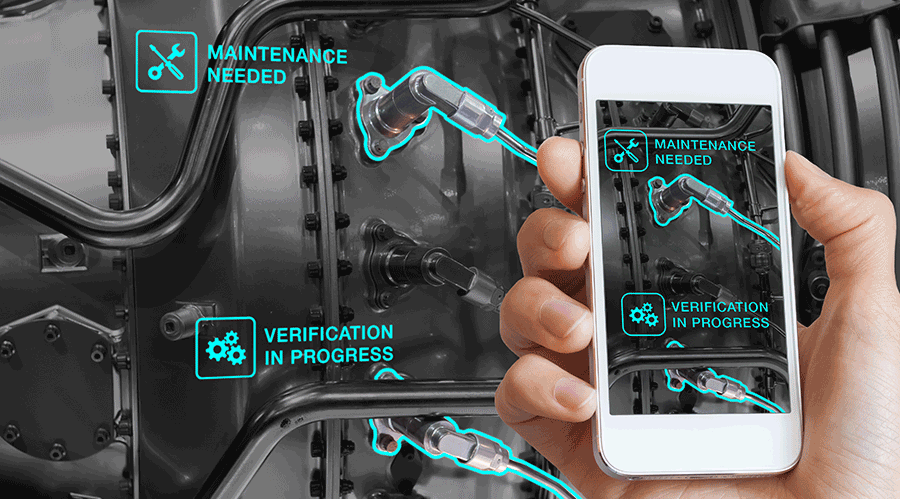Making the Case for Equipment Requests
Part two of a 2-part article by Andrew Gager on maintenance investments
Managers can employ the same approach to building a financial case for buying new equipment. When is the right time? There are no coupons in the Sunday paper, no Labor Day sales or end-of-model-year closeouts in this case.
Focus on the future. Assess current needs, constraints, and future requirements. It is important to understand the objectives in making such a request. Is the goal to increase productivity? Will this new equipment make the department more effective, translating to happier customers? Is it possible to upgrade instead of buying new equipment and still get better performance? Does the company have plans to expand that would require increased equipment demand? By following the suggestions discussed above, managers can create a solid business case to budget for new equipment.
Find a partner. Once funds have been budgeted, the next step is to do the research to locate the best suppliers or vendors. The Internet provides access to a range of specialized equipment companies, so take the time to research. Check out articles that target the specific type of facility you work in, and attend shows and conferences with technicians to spend hands-on time with equipment and talk with actual users.
Kick the tires. Managers next should research the piece of equipment they have identified. One of my checklist items was to get three references of similar equipment that current customers had purchased. I talked to the procurement manager and the maintenance manager for their opinions of the equipment.
Look at life cycle. When calculating costs, make sure to calculate life-cycle costs, including all costs associated with design, procurement, storage, installation, start-up, operation, maintenance, decommissioning and removal. Nearly 95 percent of equipment reliability and maintainability is baked into the equipment during the design phase, so these costs are knowable.
Look for trouble. Reliability should be designed into the new equipment. Ask the original-equipment manufacturer for failure modes and effects analysis or reliability-centered maintenance data. Ensure the contract includes training and competency assurance for operations and maintenance.
Seeing results
This process for making a financial case for investments works. Eventually, the operations manager came back to me with a well-thought-out plan and justification for adding additional employees. He made the case that deliveries were falling behind and that the only way to keep up with demand was to mandate overtime and supplement with temporary help. We agreed to add three employees, not the four he wanted.
When I had to buy a new compressor, I talked to a manager who recently bought the same unit. He told me the real truth about the unit’s reliability, the amount he had spent on the recommended spare parts, the headaches he had to endure to fix the problems the installation team caused, and the hours of work it took from his maintenance team that they could have spent on other work.
As you build the business case for adding employees or capital equipment, keep in mind the universal objectives of every company: having productive employees and using resources as efficiently as possible.
Andrew Gager, CMRP, CPIM — a.gager@nexusglobal.com — is director of Asia and Australia with Nexus Global Business Solutions. He has more than 28 years of manufacturing and facilities experience, ranging from warehousing operations to plant management. He is a registered CMRP, CPIM and Six Sigma Green Belt, and he is formally trained in change-management principles.
Agree? Disagree? Have something to say? We want to hear from you. Visit myfacilitiesnet.com/AndyGager, and start a conversation.
Related Topics:













